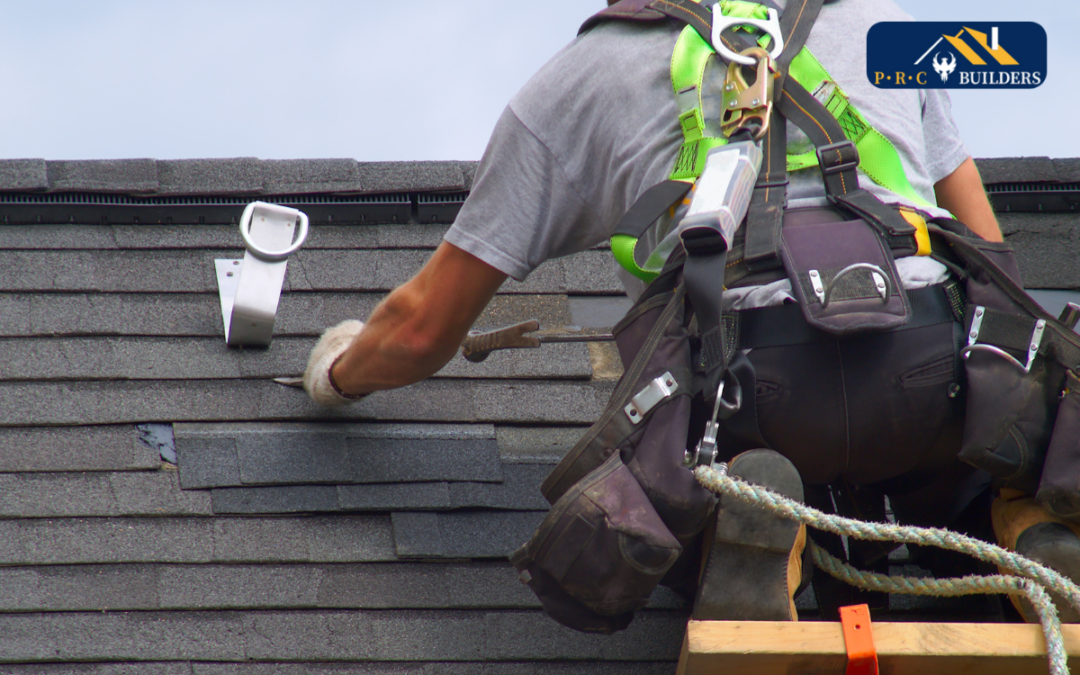A roof is not only important aesthetically but also structurally as it plays a vital role in a building. It is essential to ensure that a roof, whether flat or pitched, is designed and installed correctly. Poor workmanship, the incorrect pitch, or the wrong application can result in significant issues caused by rain and wind. This highlights the importance of following the manufacturer’s specification and proper installation techniques.
The building industry has become more diverse, offering abundant choices of design and materials. However, one trend has become apparent – the increasing complexity of the geometry of buildings, particularly roofs. The defects also increase proportionally to the surface’s increase in complexity, especially where different materials and planes intersect. It is important to note that certain roofs are suitable only for specific designs.
Apart from aesthetics, a roof has numerous functions that need to be considered in the design and erection process, including protection from sun, wind, and rain, strength and stability, durability, control of heat gain and loss through insulation, prevention of condensation, and fire protection and prevention.
Domestic and small commercial buildings typically use timber roof trusses and/or rafters, while larger commercial and industrial buildings use portal frames or girders made of steel. It is crucial to take care in the design, construction, and erection of roofs and fixing of the roof covering to prevent water penetration into the building’s interior. In roof construction, it is necessary to prevent water from reaching the interior of a building, and two kinds of rainfall intensity must be considered, namely rain falling vertically and rain driven by wind.
Both types contribute to the total quantities of rainwater needing disposal, but the second type affects the weather tightness of lapped roofing, such as tiles and slates, and even the direction and extent of the lap of larger sheets. As a result, many manufacturers recommend the use of underlays and fixing of tiles in these applications. It is important to consider one’s geographical location and associated weather patterns, not just the desired roofing requirements, when deciding on an appropriate roofing design. Flat or pitched roofs can be made up of a variety of elements, types, and shapes.
A well-designed and installed roof is critical for the safety and longevity of a building. Careful consideration of the various factors involved, including rainfall, weather patterns, and building location, can ensure the successful installation of a roof that provides protection, strength, durability, and insulation, as well as fire protection and prevention. When in doubt, it is always best to consult with a professional roofing contractor to ensure that your roof is installed to the highest standards.

